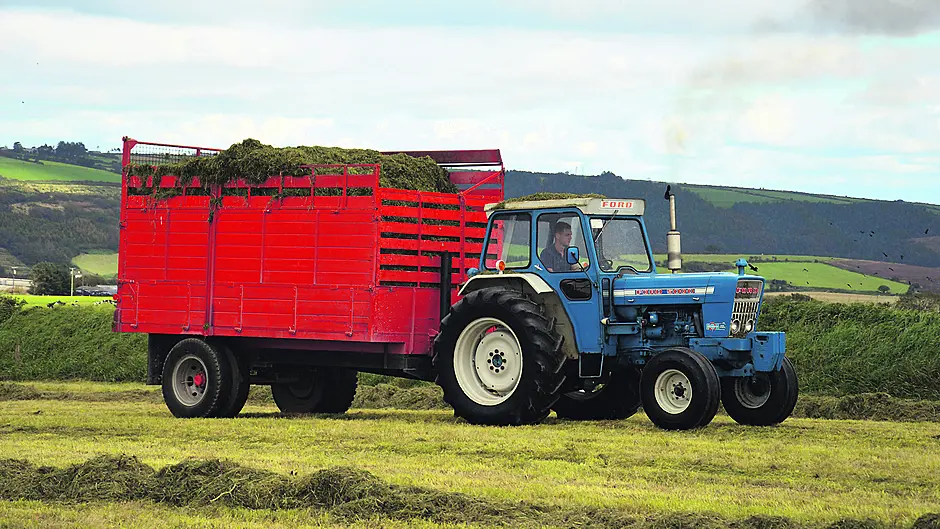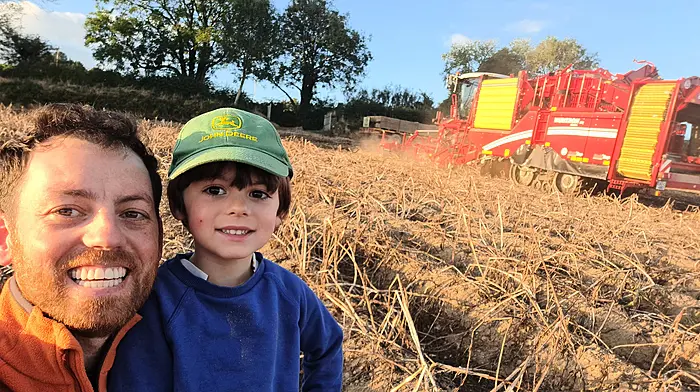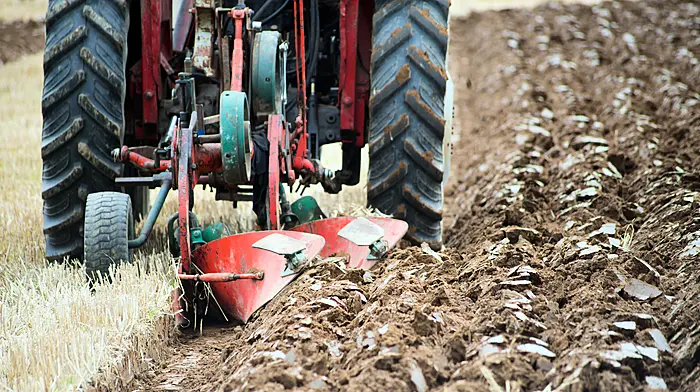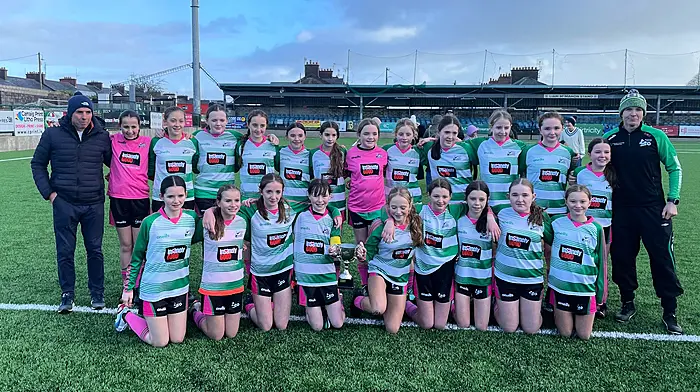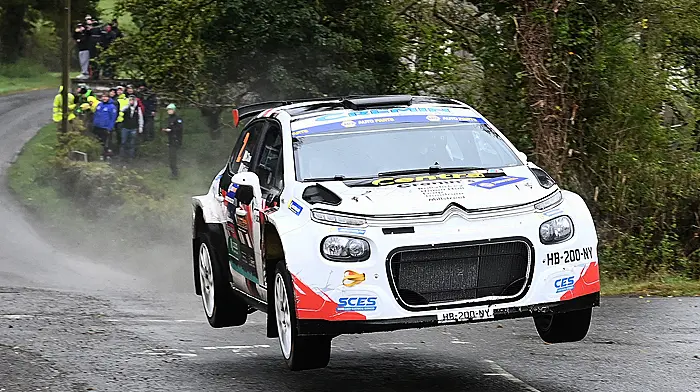THE mechanisation of Irish agriculture in the 50s and early 60s dramatically increased productivity, in turn saving labour.
The Dexta, Super Dexta, Major and Super Major were Ford tractors that many farmers cut their teeth on in this new mechanised era of farming. When time came to upgrade these tractors, Ford released its ‘Pre-Force’ thousand series tractors – known in house as the ‘6X’ range.
These tractors consisted of a line-up of four models – the 2000, 3000, 4000 and 5000 and were released in 1964. The thousand range was manufactured at Ford’s all-new Basildon plant, taking over tractor production from Dagenham.
This brought its own issues as the 6X range could prove to be unreliable as the plant found its feet. The 6X was replaced by the 6Y ‘Force’ tractors in 1968 offering revised and sleeker styling, more power, a screw-on oil engine block oil filter, a cab option, as well as other minor developments.
For many people, the Ford 7000, which we profiled last December, is the pinnacle of the thousand series. However ,for Ford, the 5000 was its real bread-and-butter tractor.
Fitted with Ford’s 3.9l engine, 6X 5000 tractors produced 65hp while the 6Y 5000 has a little more grunt, at 75hp. Unfortunately, these engines were prone to becoming porous – resulting in a considerable amount of engine blocks being replaced which can be identified by the criss-cross pattern on the engine block.
Most tractors were fitted with a reliable 8F/2R non-synchronised gearbox, which benefitted from the DualPower option in 1974. Operated by a large lever to the left of the dash, DualPower acted as a splitter between the gears, in effect doubling the amount available.
A further option, although not popular, was the ‘Select-O-Speed’ transmission. Highly advanced for its time, this gearbox offered 10F/2R without using the clutch.
Gear selection is engaged by moving a lever on a quadrant, with the operator being able to cycle through the full range of gears without using the clutch.
Ford’s Safety cab was introduced in 1970, with its white topped roof with Ford lettering in red.
The entry through the door is tight and although it protected the operator from the elements and accidents – it could be detrimental to one’s hearing due to the excessive noise and vibration. A Deluxe cab was also available with interior padding and glass rear window which numbed the noise minimally.
Today, the tractor is both nostalgic and iconic – even for those who have been left hard of hearing!
• Contact Peter at [email protected] or see Instagram @flashphotoscork

